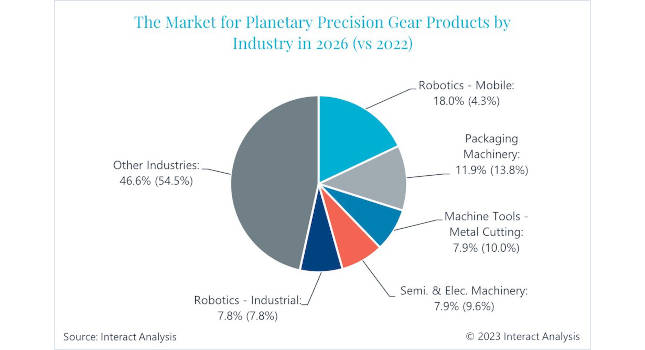Power transmission belts and chains stretch in operation, up to 6% for belts and 3% for chains. If not compensated for, this stretch can lower drive efficiency down to 93%. Stretch also leads to power loss due to slipping belts, sheave wear, chain whip, and overloaded bearings. Belts and chains that run slack typically have their useful life reduced by 30%.
|
Power transmission belts and chains stretch in operation, up to 6% for belts and 3% for chains. If not compensated for, this stretch can lower drive efficiency down to 93%. Stretch also leads to power loss due to slipping belts, sheave wear, chain whip, and overloaded bearings.
Belts and chains that run slack typically have their useful life reduced by 30%. In addition, slack increases energy waste, downtime, and replacement costs. The way to reverse these losses is to maintain proper belt and chain tension.
Types of tensioners
Tensioners can be divided into three general categories; fixed, adjustable, and automatic. The application determines which type to use.
Fixed tensioners , once mounted, cannot be adjusted further. They must be remounted to alter tension. A variation is a specially compounded rubber wheel that can provide some take up while in a fixed position.
Adjustable tensioners allow pulleys and sprockets to pivot or slide. Such devices provide tension readjustment without being disengaged and remounted. Motors on sliding bases are another example of adjustable tensioners.
Single and double adjustment tensioners provide repositioning with a combination of slots and pivot arms.
Screw adjustment tensioners allow precise linear positioning. In a typical configuration, the idler assembly is threaded onto a screw and has guides parallel to the screw.
Slide adjustment and shaft mount tensioners provide linear positioning and can rotate around a guide shaft to accommodate various mounting positions.
Automatic tensioners respond to drive system dynamics. They use energy in the form of weight, springs, elastomers, or compressed air. Motors on hinged bases are a form of automatic tensioner.
Spring or elastomer-loaded tensioners protect the drive from shock and pulsations, absorbing energy spikes and returning the belt or chain to its proper tension.
Pneumatic tensioners can provide precise tension control as well as shock absorption. An air cylinder supplied by an adjustable pressure regulator produces constant tension.
PLANT ENGINEERING magazine extends its appreciation to Dalton Gear Co., Fenner Drives, Lovejoy, Inc., and Terog Mfg. for their assistance in the preparation of this article.
Applying tensioners
Always place a tensioner on the slack side of the drive.
A tensioner on the outside should be 1/3 of the center distance from the small pulley or sprocket.
On the inside, the tensioner should be 1/3 of the center distance from the large pulley or sprocket.
On chain drives, at least three tensioner sprocket teeth must be engaged.
Tension pulleys on the inside of belt drives reduce the arc of contact and lead to a loss of horsepower.
Tension pulleys on the outside of V-belt drives cause reverse bending which shortens belt life.



